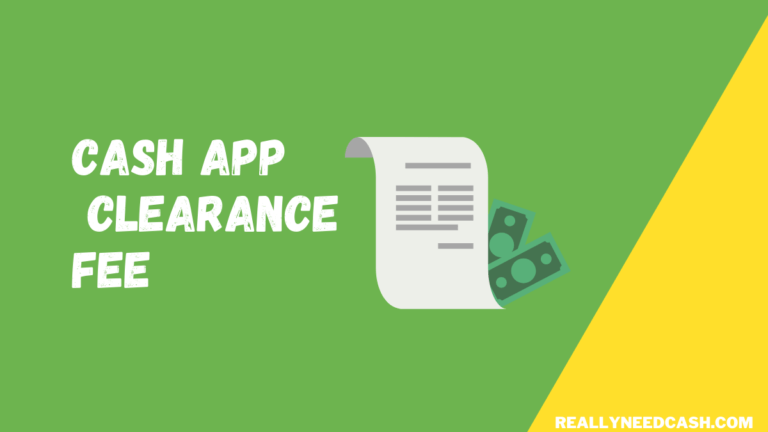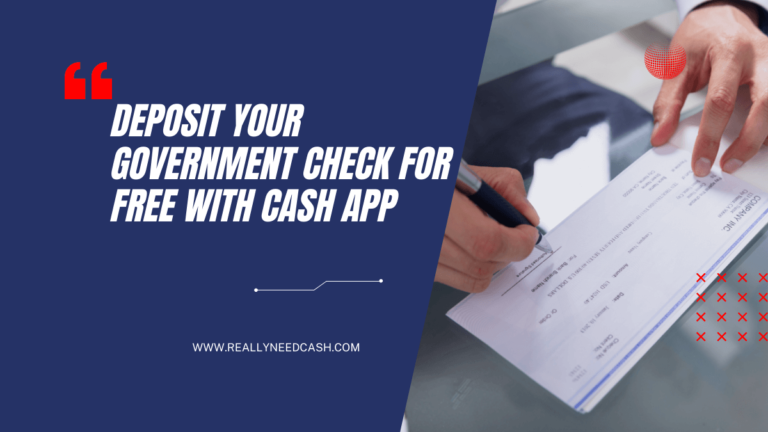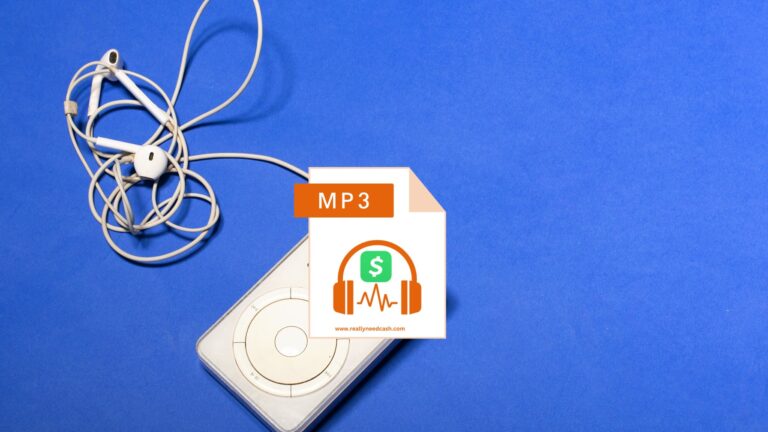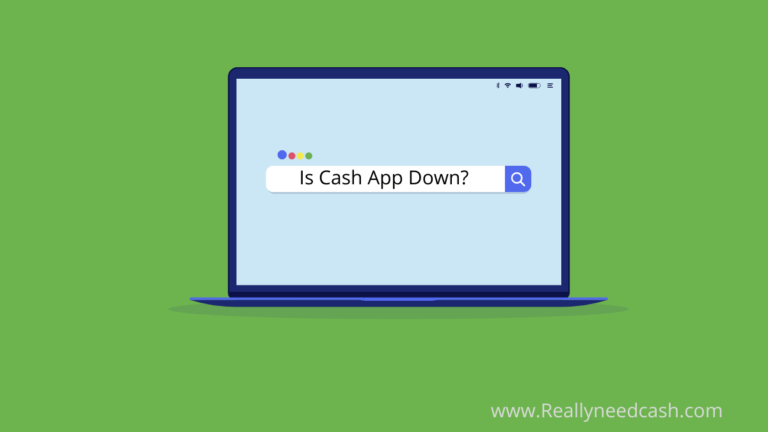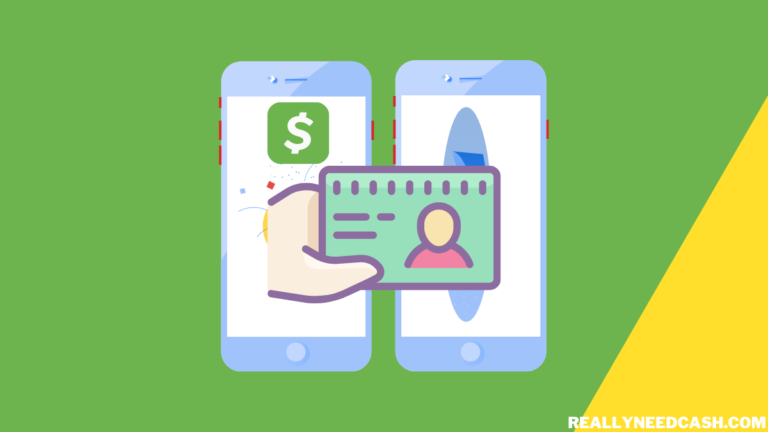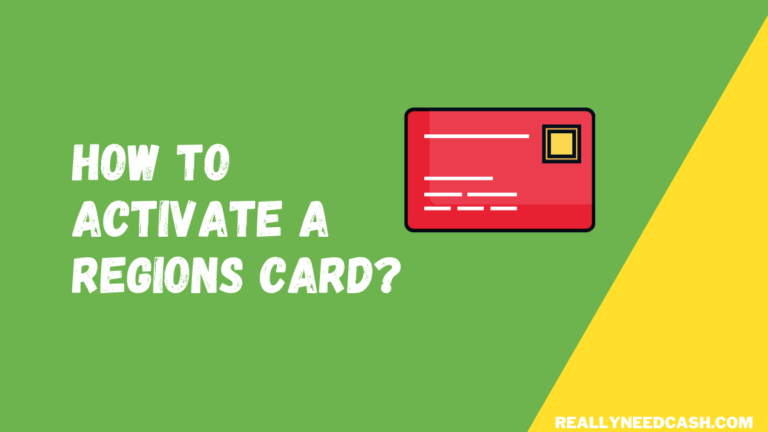Want to know how to Sue Cash App? Continue reading the article to learn what it takes.
To Sue Cash App: 1. Review the Cash App Terms of Service 2. Gather Evidence such as Receipts, screenshots, and documentation that supports your claim 3. Prepare and File Your Paperwork 4. Inform Cash App About the Suit 5. Prepare for the Hearing 6. Attend the Hearing 7. Wait for the Judgment.
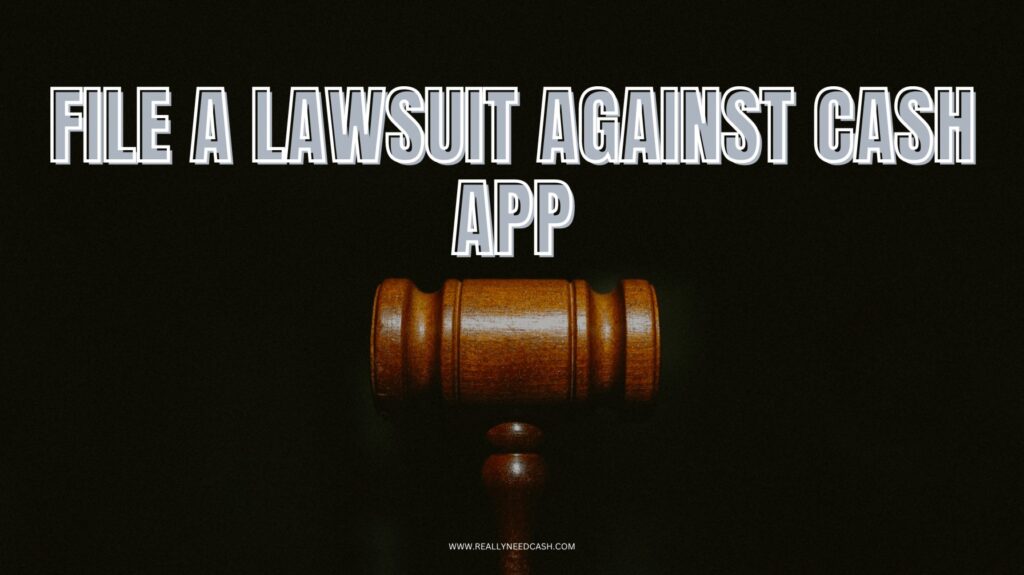
Most of the time, Cash App is excellent at what it does, i.e., peer-to-peer money transfers. However, the few times the company doesn’t get it right can leave you wondering how to file a lawsuit against it, especially when you’ve tried to get the company to return your money, but it didn’t.
So what does it take to sue Cash App? You’ll need to do the following to sue to file a lawsuit against Cash App:
- Prepare and file your paperwork
- Inform Cash App about the suit
- Prepare for the hearing
Of course, the above steps oversimplify the process. In reality, there are certain factors you’ll need to consider before you can have your day in Court.
We’ll explain these factors in the article along with the nitty-gritty of the steps, so keep reading to get the whole picture.
How to Sue Cash App: Step-By-Step
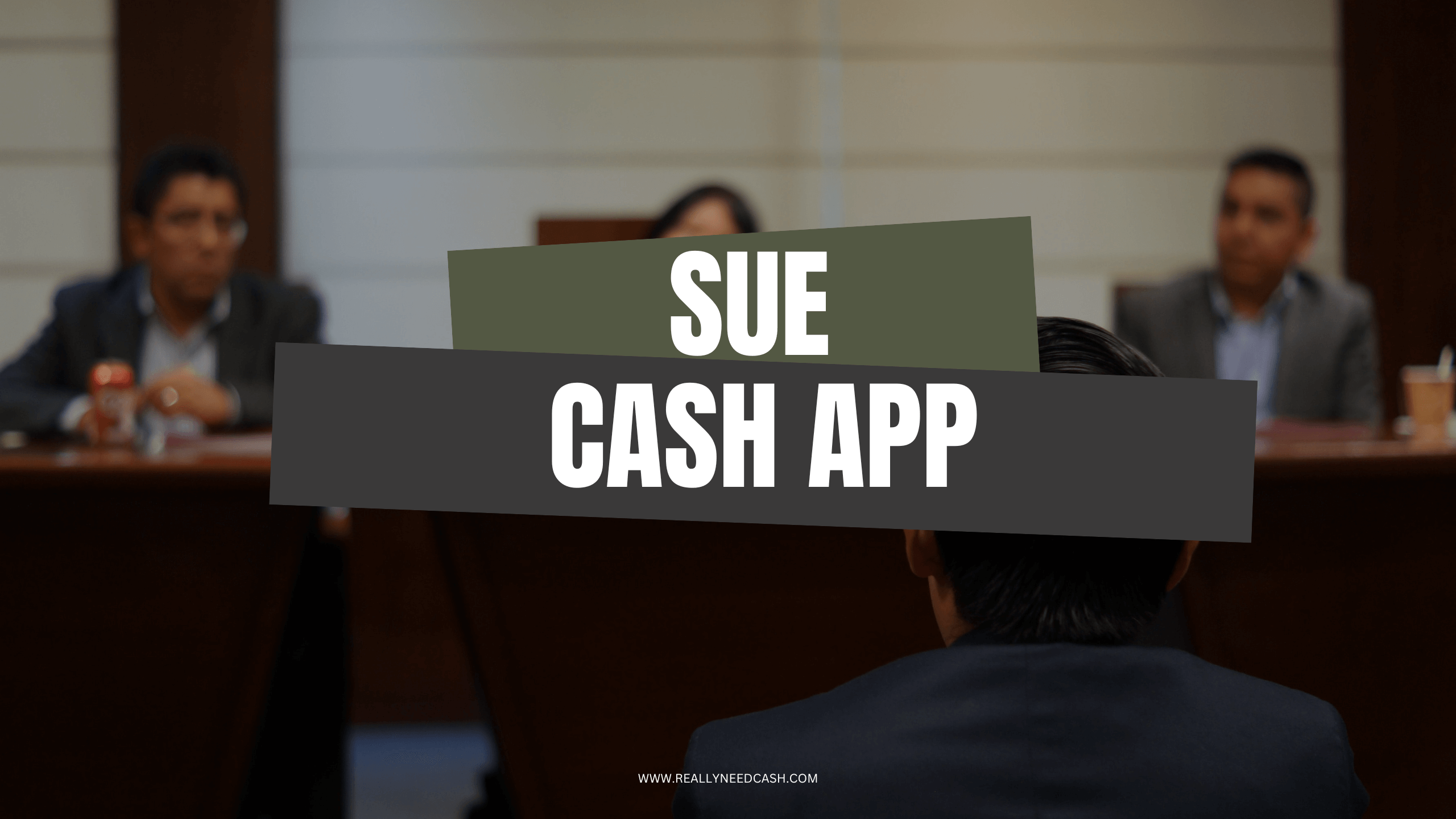
If you have had an issue with a money transfer or have been scammed on Cash App, you may be entitled to financial compensation. If you believe that Cash App is at fault, you can sue them in Small Claims court. Here’s how:
Total Time: 60 days
Step 1: Review the Cash App Terms of Service
Before you file a lawsuit against Cash App, you need to review their terms of service. The terms of service will outline your rights to sue or file a claim in arbitration. It’s important to understand this before you proceed with your case.
Step 2: Gather Evidence
To support your case, you need to gather evidence. This includes any receipts, screenshots of conversations, and any other documentation that supports your claim. Make sure to organize your evidence in a clear and concise manner.
Step 3: Prepare and File Your Paperwork
You do this by filling out the appropriate Court form. For example, California’s Small Claims Court form is called the Plaintiff’s Claim and ORDER to Go to Small Claims Court, also known as SC-100. This form tells the Court the purpose of the suit, the amount you’re suing for, and how you reached the amount being claimed.
After filing the form, file your suit. You can do so in person, by mail, by fax, or electronically (online)
Step 4: Inform Cash App About the Suit
Once you receive your filed lawsuit from the Court, serve Cash App. You can do this by sending the lawsuit to their Agent for Service of Process (name and address for service mentioned above).
It’s up to you whether you hire a professional, ask a family member or a friend to do it, or use the Sheriff or Court clerk.
Step 5: Prepare for the Hearing
In this stage, your demand letter and other messages to Cash App will come in handy. The Court will usually schedule a hearing between 30 and 70 days after you file your suit, so you have time to prepare.
Step 6: Attend the Hearing
After you file your complaint, you will receive a court date. You will need to attend the hearing and present your evidence to the judge.
Step 6: Wait for the Judgment
After the hearing, the judge will make a decision on your case. If you win your case, Cash App will be ordered to pay you the amount you are owed. If you lose your case, you will not receive any compensation.
Note: Suing Cash App is a serious matter that requires careful consideration. Make sure to review the terms of service, gather evidence, file a complaint, attend the hearing, and wait for the judgment.
Factors to Consider Before Suing Cash App
Before you file your lawsuit against Cash App, you’ll need to consider the following:

1. Where to Sue
What Court should you file your lawsuit in? The answer to this question will depend on the nature of your grievance.
The majority of the issues Cash App users have with the company boil down to recovering the money they’re owed, and the amounts sought aren’t astronomical (i.e., hundreds of thousands of dollars and above).
Therefore, the Small Claims Court has jurisdiction over such suits, and it’s the one you’ll need to file your lawsuit in.
2. Limit on Recoverable Amount
Now that you know where to file your lawsuit, here’s some information that may give you pause: you can’t sue Cash App for more than $10,000 at the Small Claims Court when suing as an individual.
Conversely, if you’re suing Cash App as a business, you can’t seek more than $5000!
So if you seek more than the amount recoverable at the Small Claims Court, you effectively waive the difference.
3. Lawsuit Costs
Ever heard the saying “the wheels of justice turn slowly”? Well, money is the grease that helps them turn. In other words, filing a suit isn’t free. In particular, you’ll have to pay the Court’s filing fee (though you can ask the Court to waive it if you can’t afford to pay it).
Additionally, it’ll cost money to serve Cash App your legal papers. Serving Cash App is crucial to suing without issue, as it’s how you’ll inform the company that the Small Claims Court will entertain (i.e., hear) your suit.
In some cases, the costs of the suit may be more than the amount you’re trying to recover. If that’s your situation, you might want to consider a different approach (for example, complaining to the Better Business Bureau).
4. Write a Demand Letter
Before heading to Court, you’ll need to ensure you’ve written and sent Cash App a demand letter. Your demand letter should spell out the grievance you have against the company. For example, you might use it to mention Cash App’s failure to refund money owed to you and request the company put things right.
This letter will be necessary if you decide to sue, as the California Small Claims Court requires you to serve a demand letter to a plaintiff before suing.
Moreover, a demand letter represents concrete evidence of your attempt to get your money back from the company. Unlike an oral demand, putting your complaint into writing makes a record in ink and paper that you can fall back on when it’s time to get the Court involved.
Ensure you include the following information when writing your demand letter:
- How much money you’re owed
- How you came to be owed the money
- How can Cash App contact you
- Account details for reimbursement
- The number of days Cash App has to respond to your letter (usually between 7 and 14)
- Your intent to sue following a lack of response on Cash App’s part
You can send your demand letter to Cash App’s California agent, whose address is as follows:
CT Corporation System
ATTN: Square, Inc.
818 West Seventh Street
Suite 930
Los Angeles, CA 90017
Why People are Suing Cash App?
Here are a few reasons why there are complaints against Cash App and Square, Inc:
- Cash App’s failure to respond to customer support griefs.
- Cash App’s failure to transfer the money received to the customer’s account
- Unknown fees charged
- Paid for a product through Cash App but never received the product
- Fraud and identity theft
READ: Cash App Law Enforcement Guide
Conclusion
You can sue Cash App at the Small Claims Court by filling out the appropriate Court form, serving the company, and preparing for the hearing.
However, before you do, consider factors like the cost of the suit, the necessity of a demand letter, and the Small Claims Court’s claim limit.
Did you find this article helpful? Let us know in the comments below!

